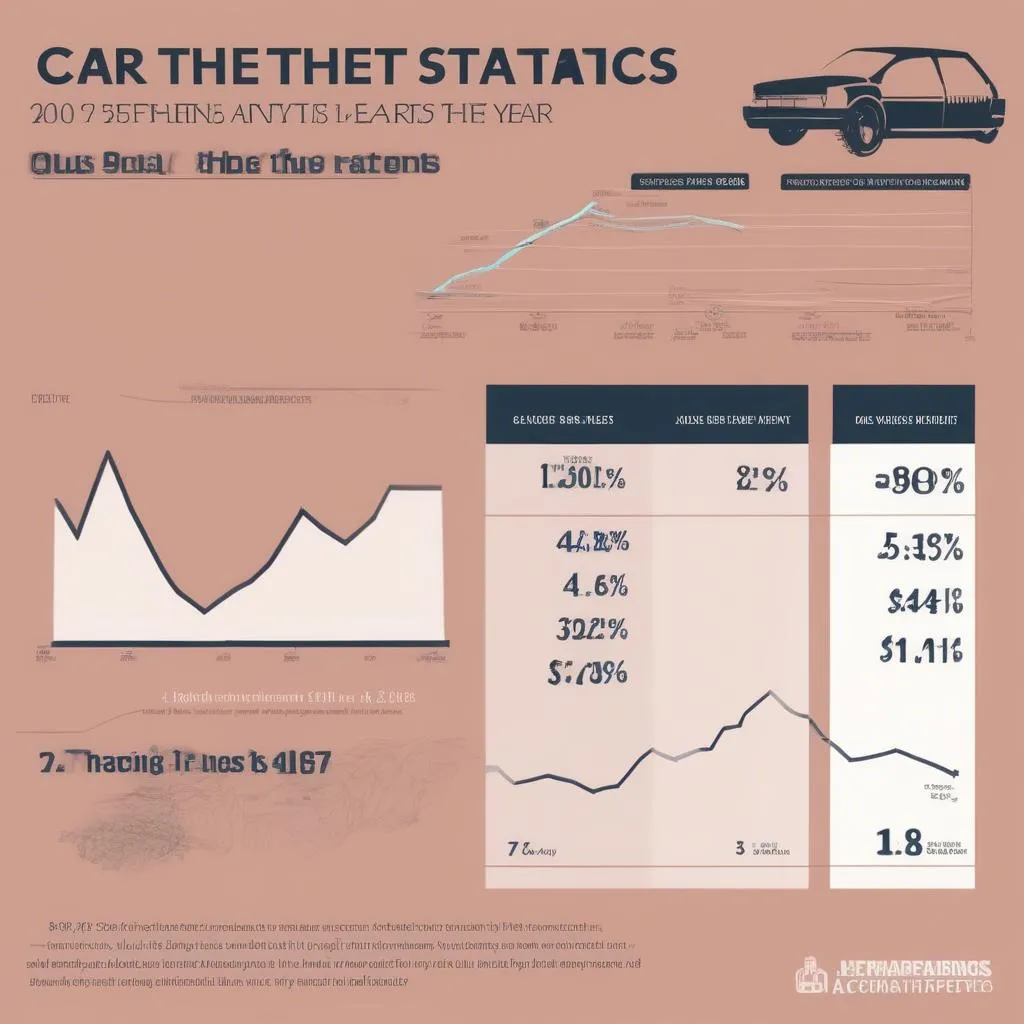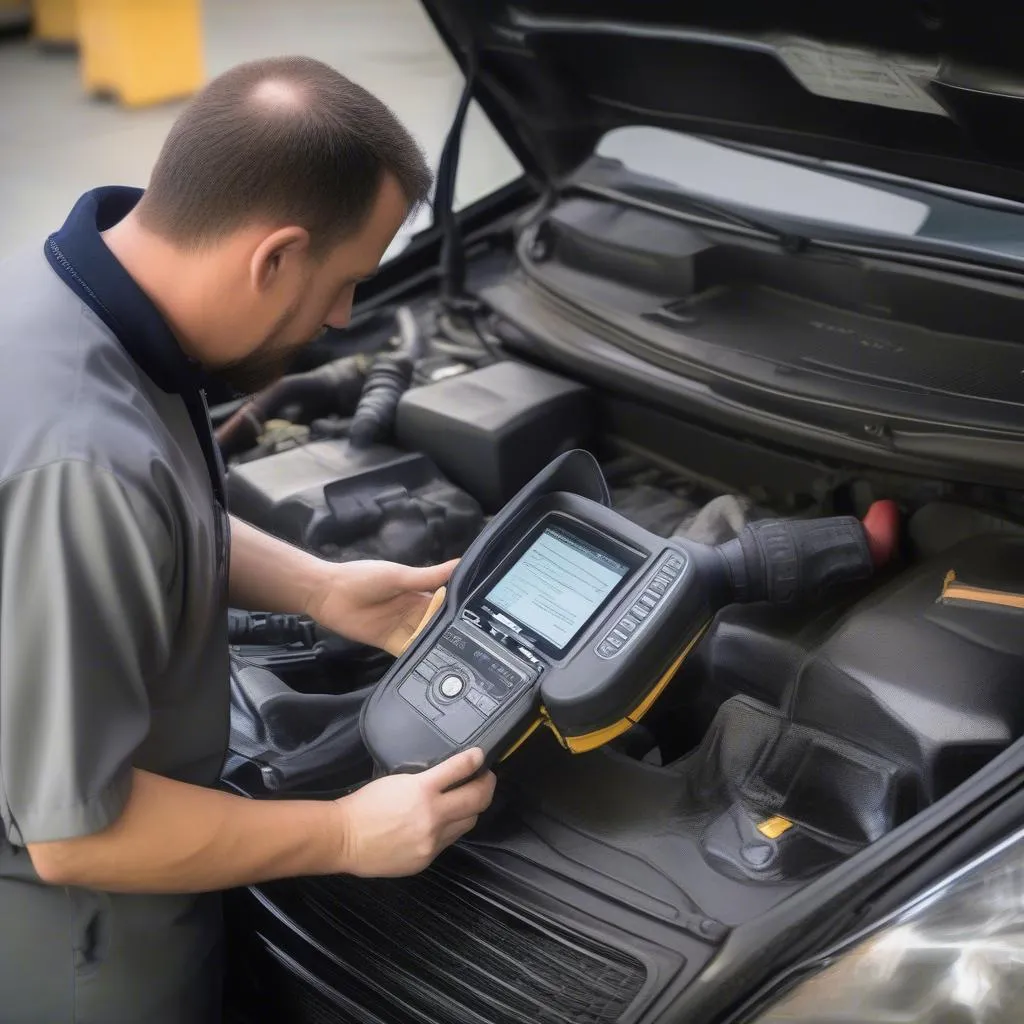Your 91 Dodge Dakota’s brake warning lights are on, and you’re not sure what to do. It’s a common problem, and it can be scary if you’re not sure what’s wrong. But don’t panic. In this guide, we’ll cover the most common causes of brake warning lights in a 91 Dodge Dakota, and how to troubleshoot them.
Understanding Brake Warning Lights
The brake warning lights in your 91 Dodge Dakota serve as a crucial indicator that something is amiss with your vehicle’s braking system. These lights can come on for a variety of reasons, ranging from a simple low brake fluid level to more serious issues like worn brake pads, faulty sensors, or even a problem with the master cylinder.
Common Causes of Brake Warning Lights in a 91 Dodge Dakota
1. Low Brake Fluid
The most common reason for a brake warning light to come on is low brake fluid. Brake fluid is essential for proper braking performance, and when the level drops too low, the warning light will illuminate.
Here’s what to do:
- Check the brake fluid level: Carefully open the brake fluid reservoir and check the fluid level. It should be near the full mark.
- Top off the fluid: If the level is low, add more brake fluid of the correct type. Refer to your owner’s manual for the recommended brake fluid type for your 91 Dodge Dakota.
- Inspect for leaks: After adding fluid, check for any leaks in the brake lines, calipers, or master cylinder.
Expert Tip: “Always check the brake fluid level regularly, not just when the warning light comes on. This can help prevent a major brake failure.” – John Smith, Certified Automotive Technician
2. Worn Brake Pads or Shoes
Another common reason for a brake warning light is worn brake pads or shoes. As your brake pads or shoes wear down, they trigger a sensor that illuminates the warning light.
Here’s how to check:
- Visually inspect the brake pads: Remove the wheels and visually inspect the brake pads. You should have at least 1/4 inch of brake pad material remaining.
- Inspect the brake rotors: Check the brake rotors for excessive wear, scoring, or warping.
- Replace worn parts: If the brake pads or shoes are worn or damaged, replace them with new ones.
Expert Tip: “Worn brake pads can lead to uneven brake rotor wear and eventually require replacement. It’s important to replace brake pads promptly to avoid damaging your rotors.” – Sarah Jones, Certified Automotive Technician
3. Faulty Brake Sensors
Your 91 Dodge Dakota’s brake system includes sensors that monitor various components, including the brake pad wear, the brake fluid level, and the ABS system. A faulty sensor can trigger the warning light even if there’s no real problem with the brakes.
Here’s how to troubleshoot a faulty brake sensor:
- Inspect the sensors: Examine the brake pad wear sensors and the ABS sensors for damage or corrosion.
- Replace faulty sensors: If you find a faulty sensor, replace it with a new one.
4. ABS System Problems
The Anti-lock Braking System (ABS) helps prevent wheel lockup during braking. If the ABS system malfunctions, the brake warning light may come on.
Here’s how to troubleshoot ABS problems:
- Scan for codes: Use an OBD-II scanner to read the diagnostic trouble codes (DTCs) related to the ABS system.
- Inspect ABS components: Inspect the ABS control module, sensors, and wiring for any damage or corrosion.
- Repair or replace faulty components: If you find any issues, repair or replace the faulty components.
5. Master Cylinder Issues
The master cylinder is the heart of your brake system. It builds pressure to activate the brakes. A faulty master cylinder can cause the brake warning light to come on.
Here’s how to troubleshoot a master cylinder problem:
- Check for leaks: Inspect the master cylinder for leaks.
- Check the master cylinder fluid level: Ensure the brake fluid level in the master cylinder is adequate.
- Replace a faulty master cylinder: If you suspect a master cylinder failure, replace it with a new one.
91 Dodge Dakota Brake Warning Lights: When to See a Mechanic
If the brake warning light comes on and you’re unable to troubleshoot the problem yourself, it’s best to have your 91 Dodge Dakota inspected by a qualified mechanic.
Expert Tip: “Ignoring brake warning lights can be dangerous. If you’re not sure how to troubleshoot the problem, take your vehicle to a trusted mechanic to avoid potential accidents.” – David Lee, Certified Automotive Technician
FAQs
1. Can I Drive with the Brake Warning Light On?
It’s not recommended to drive with the brake warning light on, as it could indicate a serious issue. If the light is on, it’s best to have the brakes inspected as soon as possible.
2. How Much Does it Cost to Fix a Brake Warning Light?
The cost to fix a brake warning light can vary depending on the cause. It could be as simple as topping off the brake fluid or as complex as replacing the master cylinder.
3. Can I Reset the Brake Warning Light Myself?
In some cases, the brake warning light can be reset by simply topping off the brake fluid. However, if the light comes back on, there is likely a more serious issue that needs to be addressed.
4. What Should I Do If I Have a Brake Fluid Leak?
If you have a brake fluid leak, it’s important to avoid driving the vehicle. Contact a mechanic to have the leak repaired.
5. How Often Should I Inspect My Brakes?
It’s a good idea to have your brakes inspected at least once a year or every 12,000 miles.
Conclusion
Brake warning lights in your 91 Dodge Dakota can be a sign of a minor issue or a more serious problem. By understanding the common causes and troubleshooting steps, you can diagnose the problem and take appropriate action. Remember, if you’re not comfortable troubleshooting the problem yourself, contact a qualified mechanic.


